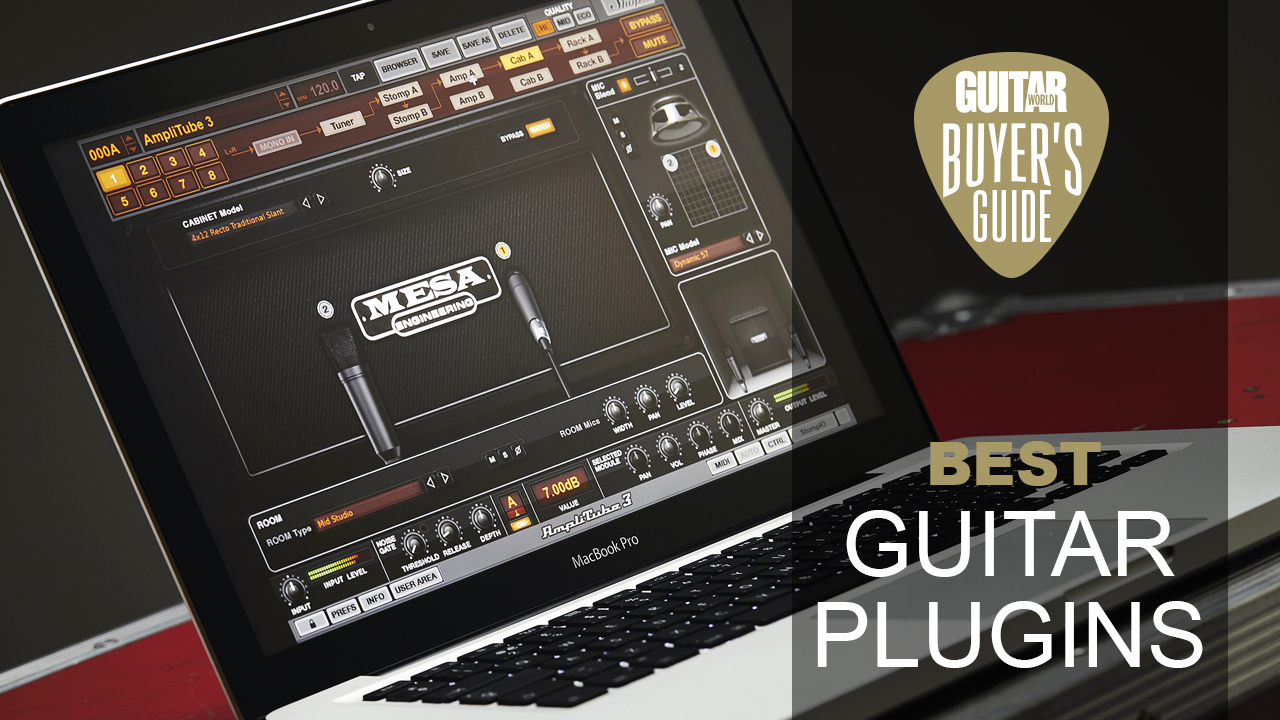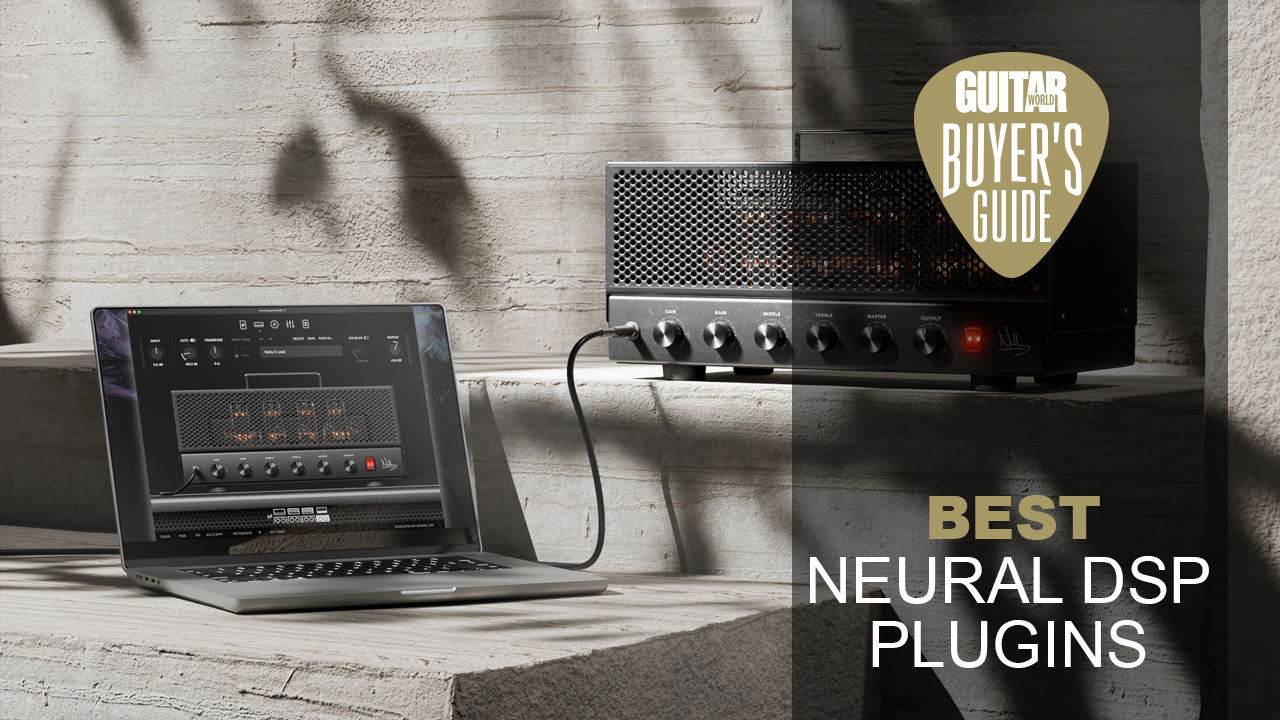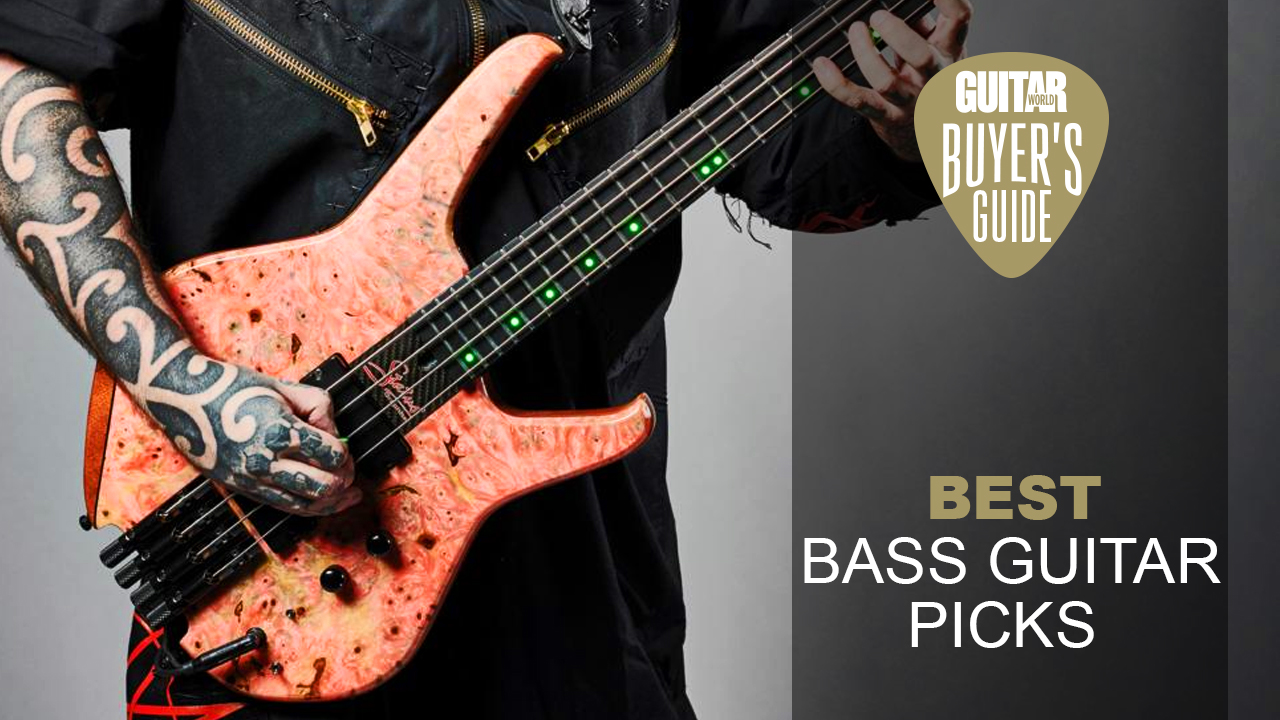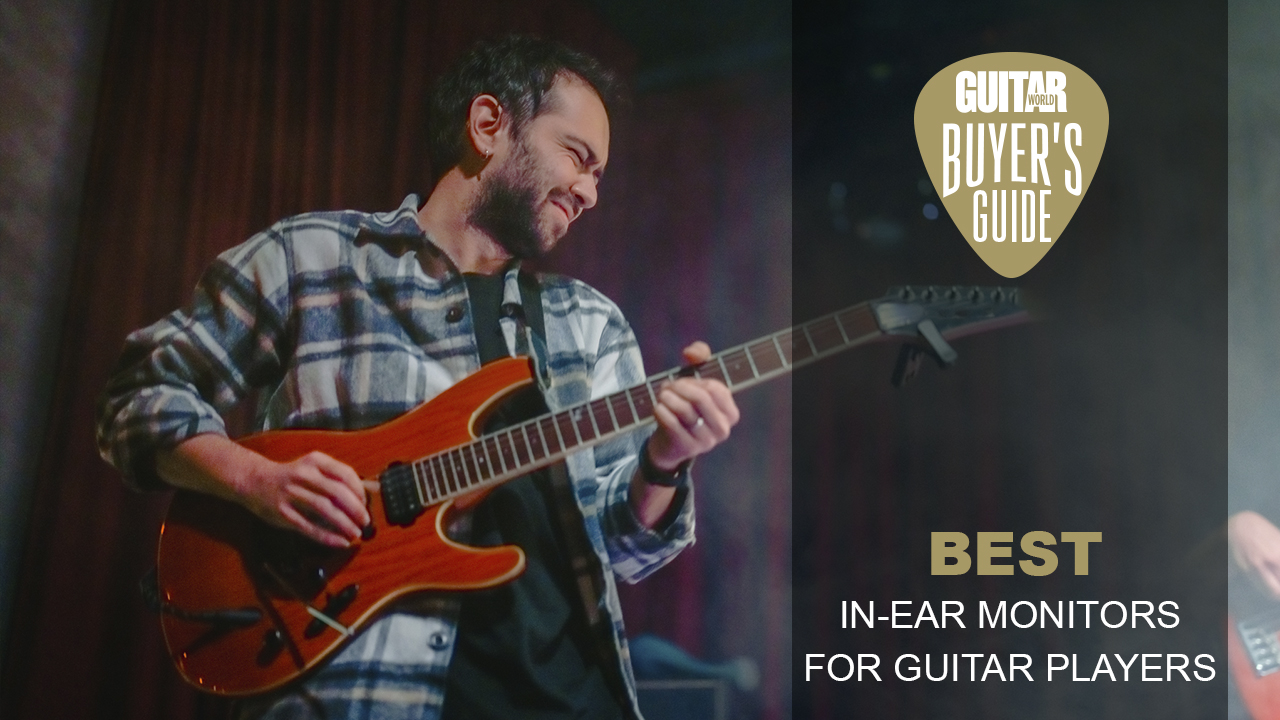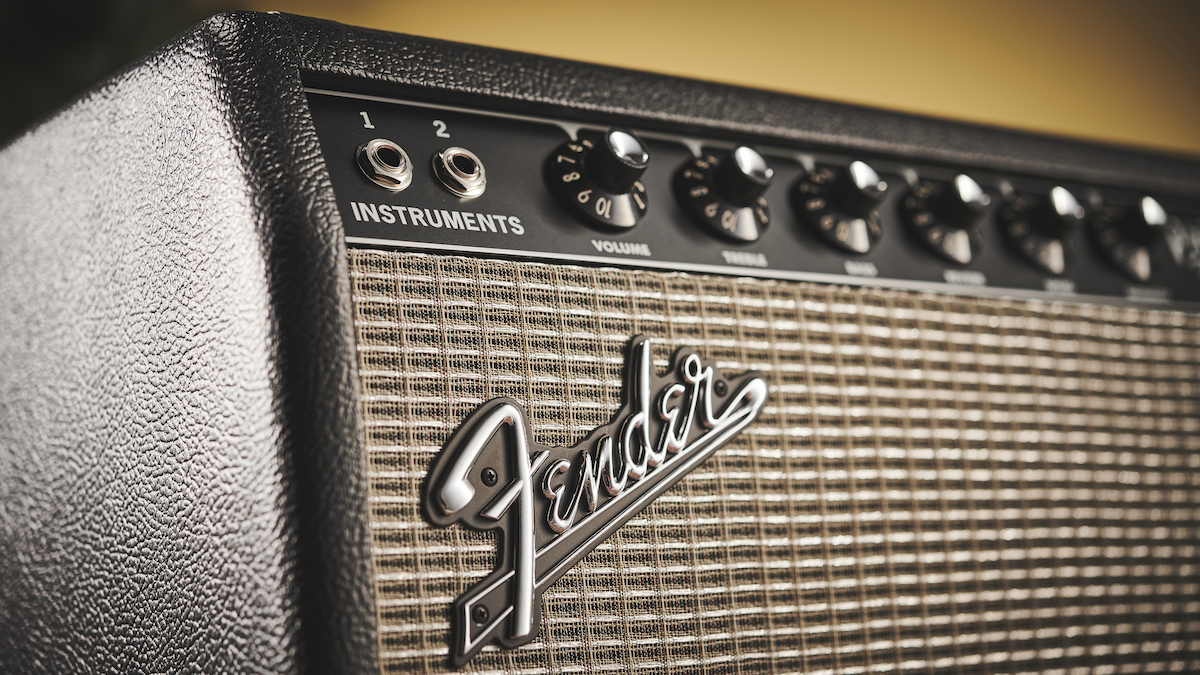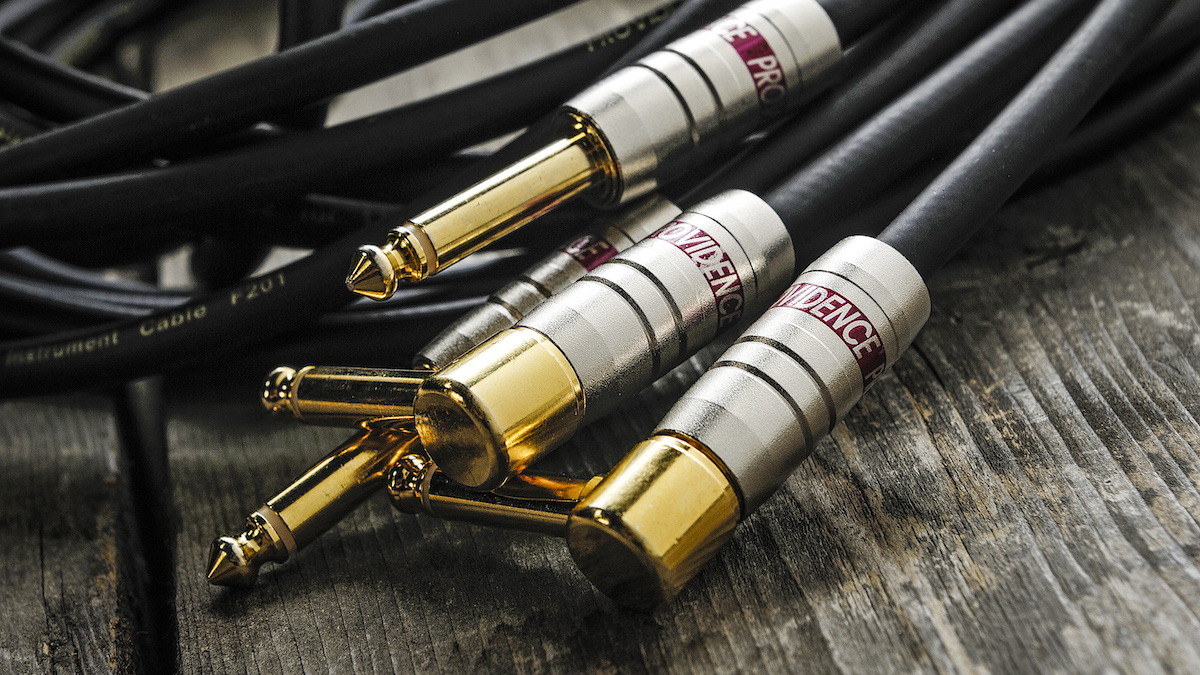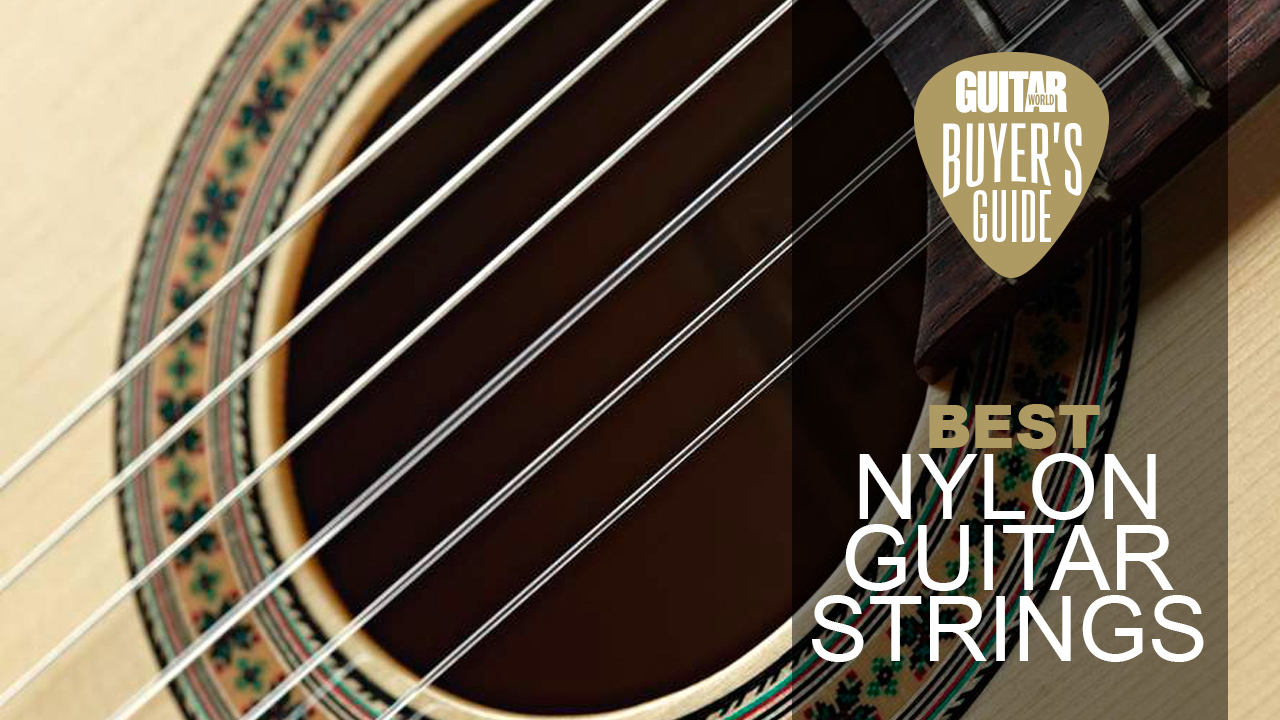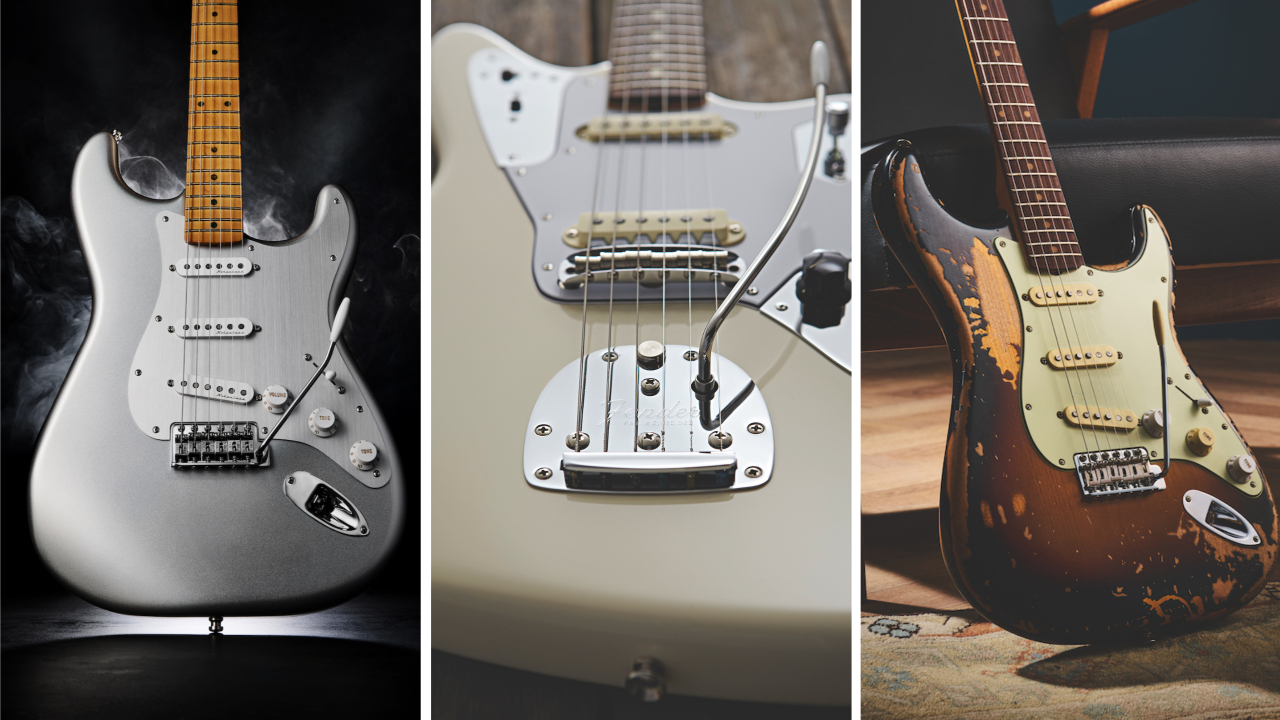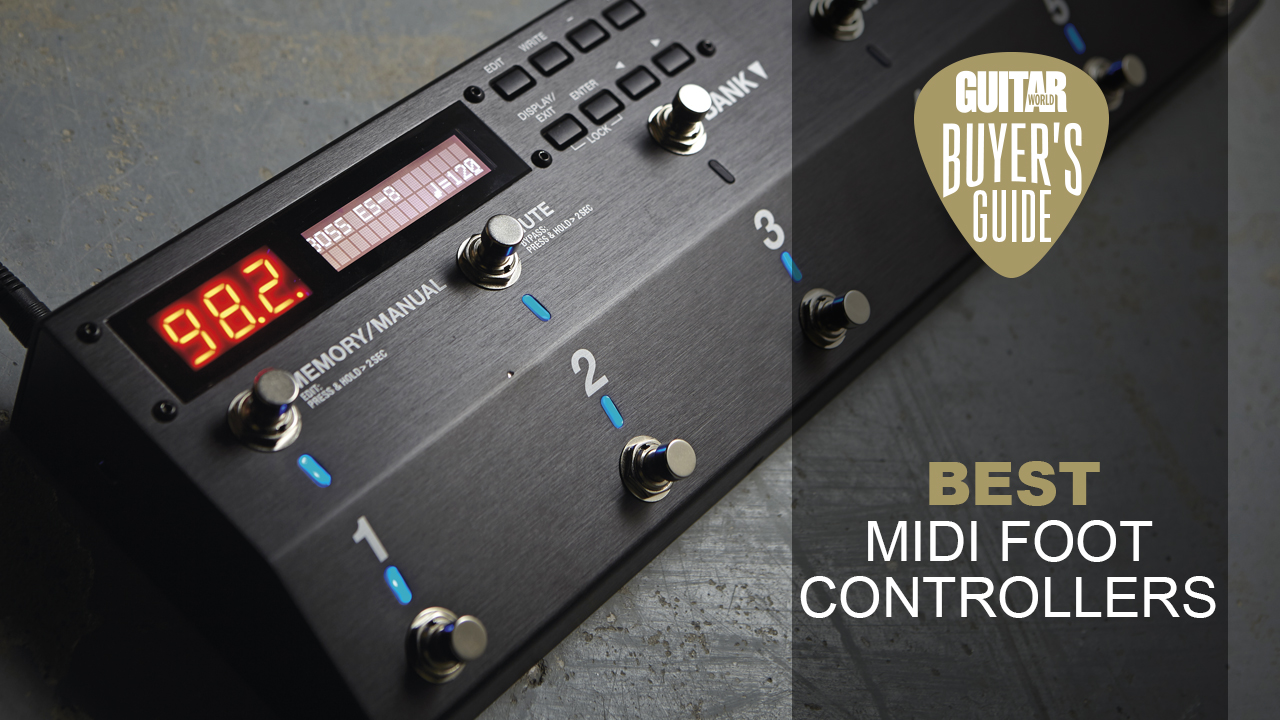Best amps for pedals 2025: maximize your tone with our choice of the best pedal platforms
Unleash the potential of your pedalboard with these high headroom amplifiers from Fender, Roland, Orange, and more
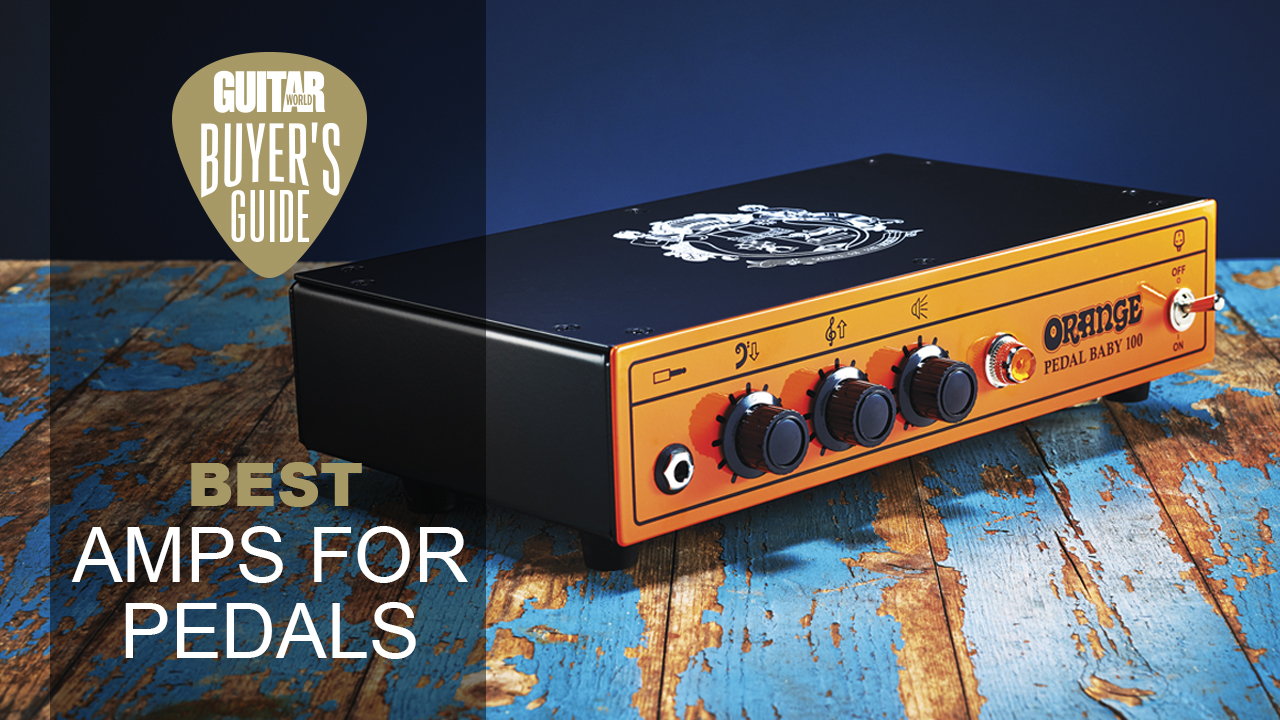
These days more and more players are using guitar pedals to craft their sound to get a great tone. Rather than relying on your amplifier to generate the meat on your tones, instead, you’ll need a nice blank palette that lets you paint your tonal composition candidly. With this type of approach, you’ll require one of the best amps for pedals.
You’ve acquired your mass of pedals and painstakingly connected them together in an orderly fashion. Chained your clean boost into your overdrive, and then into your distortion pedal. Time-based effects in the FX loop? Check. You even drew a signal path diagram, such is the complexity of your setup. Switching your amp on you strike your first chord and instead of an articulate, open, and well-crafted tone, everything goes a bit mushy and squashed sounding.
The problem is potentially twofold. You’ve either run out of headroom, or the amplifier isn’t reacting well with your selection of pedals. The solution? You need a proper pedal platform amplifier that plays nicely with all your stompboxes. If all of this sounds like gobbledegook, then head down to our buying advice section for more info. If you just want that beastly ‘board back up and running, then keep scrolling for our top picks.
Best amps for pedals: Guitar World's choice
You’ll see it at gigs everywhere, combining the best in high headroom and a neutral base tone, it had to be the Fender Hot Rod DeVille 212 IV at the top of our list. It’s got bags of volume, two channels if you do want some tasty amp overdrive and a very usable spring reverb.
In second place, we’ve gone for another stone-cold classic in the Roland JC-120 Jazz Chorus. One of the few solid-state amplifiers regularly touted alongside its tube-equipped brethren, it’s the ultimate neutral base to build your tone upon, with a built-in chorus that sounds absolutely phenomenal.
If our top two are a bit too pricey for you, then we’d definitely recommend you take a look at the diminutive Orange Pedal Baby. This tiny tone powerhouse doesn’t have a preamp, it’s just pure uncolored power for your pedalboard. A great option for the gigging guitarist on a budget.
Best amps for pedals: Product guide
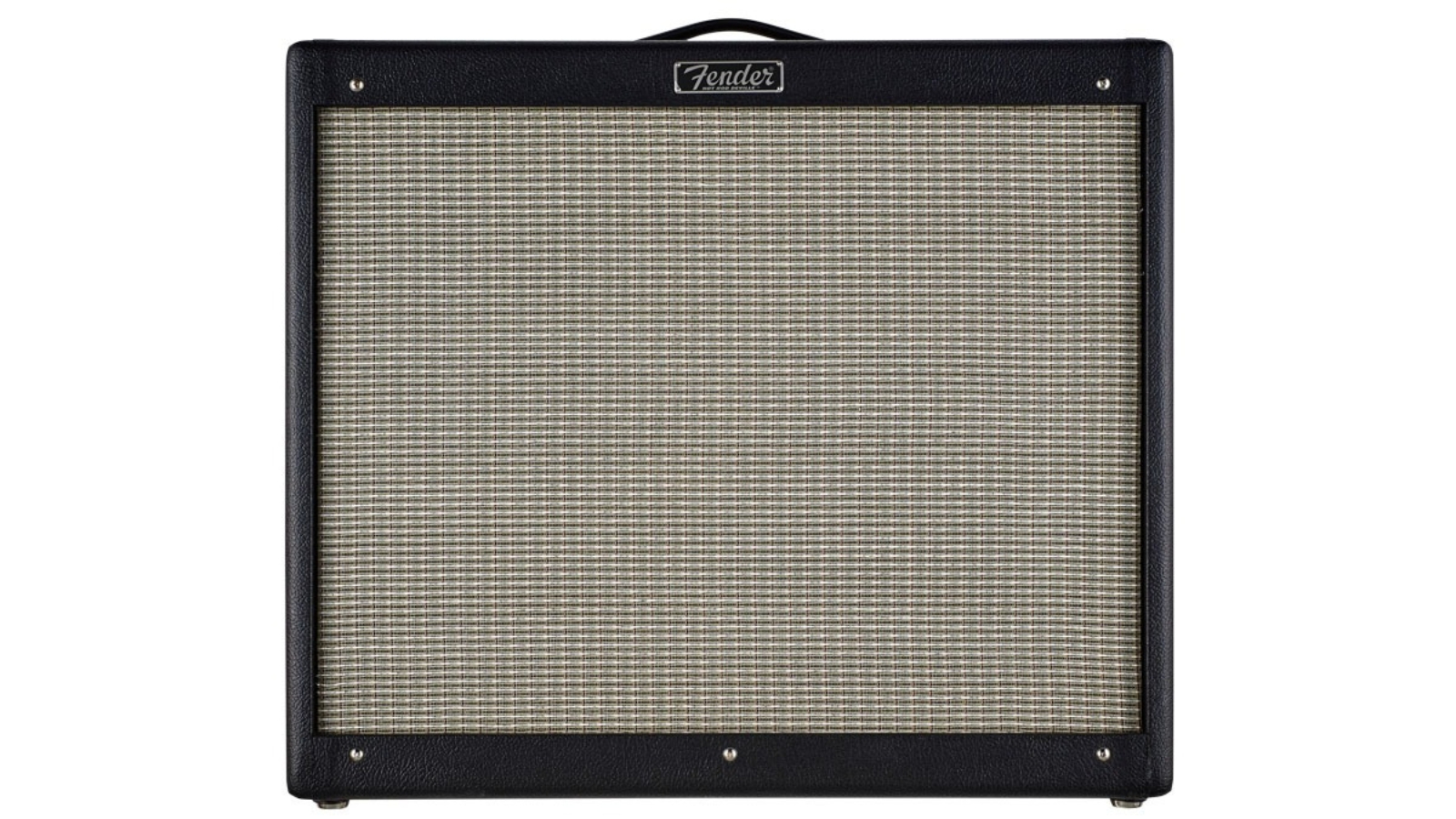
1. Fender Hot Rod DeVille 212 IV
Our expert review:
Specifications
Reasons to buy
Reasons to avoid
With the number of times we’ve heard some fantastic guitar tones at a show, and upon further exploration discovered Fender’s Hot Rod DeVille 212 IV sitting on the backline, it’s a surprise this amazing guitar amp isn’t more widely considered to be a modern classic.
The Hot Rod DeVille is a hefty bit of kit with its two 12-inch Celestion speakers and 60 watts of tube girth. It absolutely fills the room with its articulate tone and punchiness in the low mids with a big, clean, and bright tonality. Responding equally well to single coils and humbuckers, it’s arguably one of the most versatile amps ever made.
The clean channel offers bags of headroom, perfect for smashing any fuzz, distortion, or overdrive pedal into the front. The drive channel ranges from smooth to full-on distortion in the sweep of its gain knob and has a handy boost function that’s also foot-switchable. A very usable spring reverb channel and FX loop round out this amp’s simple, yet perfectly suited feature set.
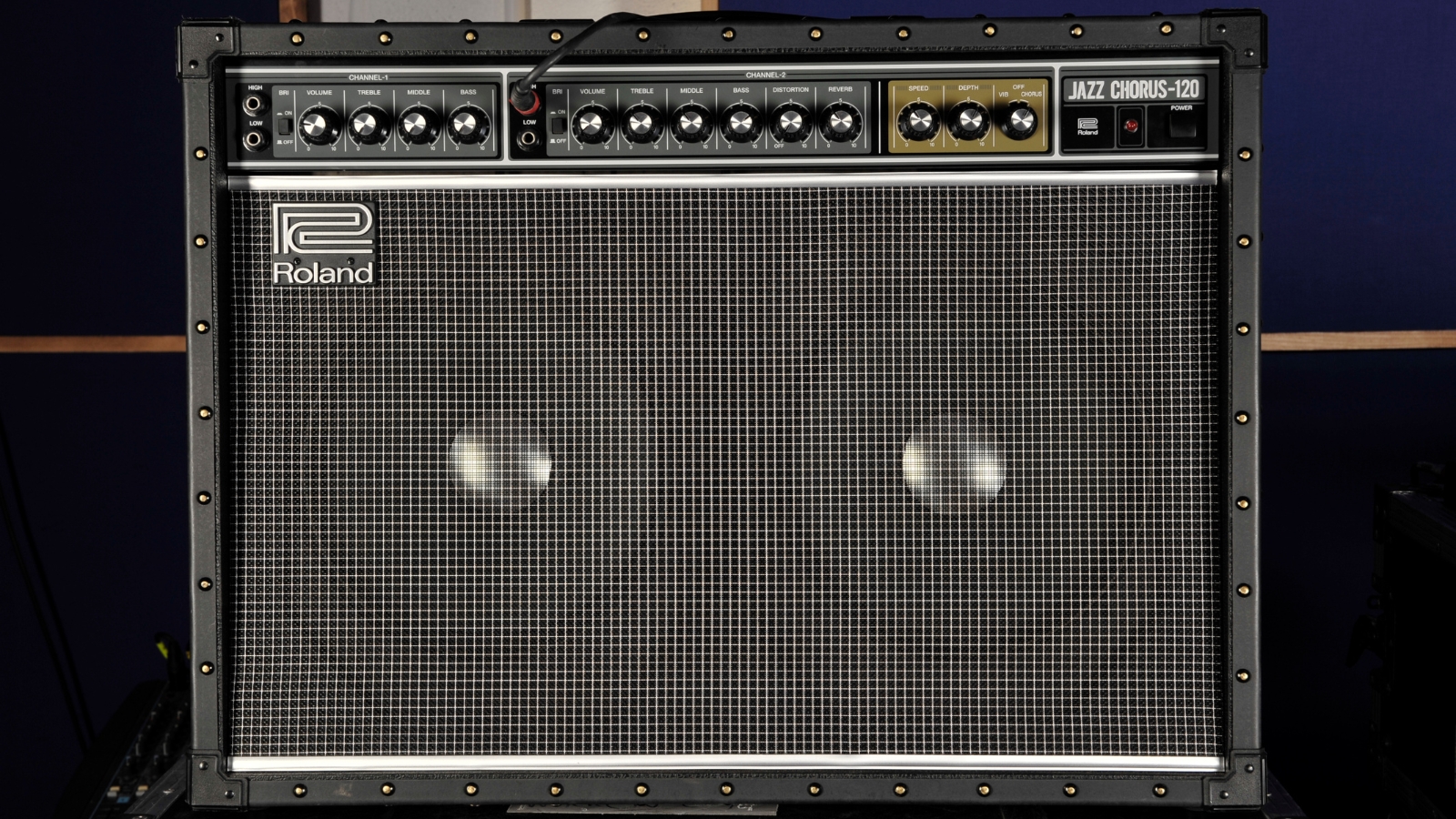
2. Roland JC-120 Jazz Chorus
Our expert review:
Specifications
Reasons to buy
Reasons to avoid
A true legend of the amplifier world, the Roland JC-120 Jazz Chorus first came about in 1975 and has been a mainstay ever since. One of the first solid-state amplifiers to ever come with an onboard chorus, this stereo monster is the perfect platform to build your tower of tone upon.
As you might well know, the clean tone on this amp is where it’s at. With everyone from The Police and The Cure right through to Limp Bizkit and Metallica using one of these for their clean tones, it’s no surprise to find an articulate and clear sound with all your pedals bypassed. Engage your effects and it lets your pedals speak for themselves, you won’t find a cleaner platform than this.
Its solid-state circuitry gives some advantages over its tube-equipped brethren too. There are no moving parts to break down while you’re on tour, and no way it’s ever affected by changes in temperature. Add in the Chorus sound that birthed the legendary Boss CE-1, a stereo FX loop for all your time-based effect wizardry, and you get an incredible amp for pedals.
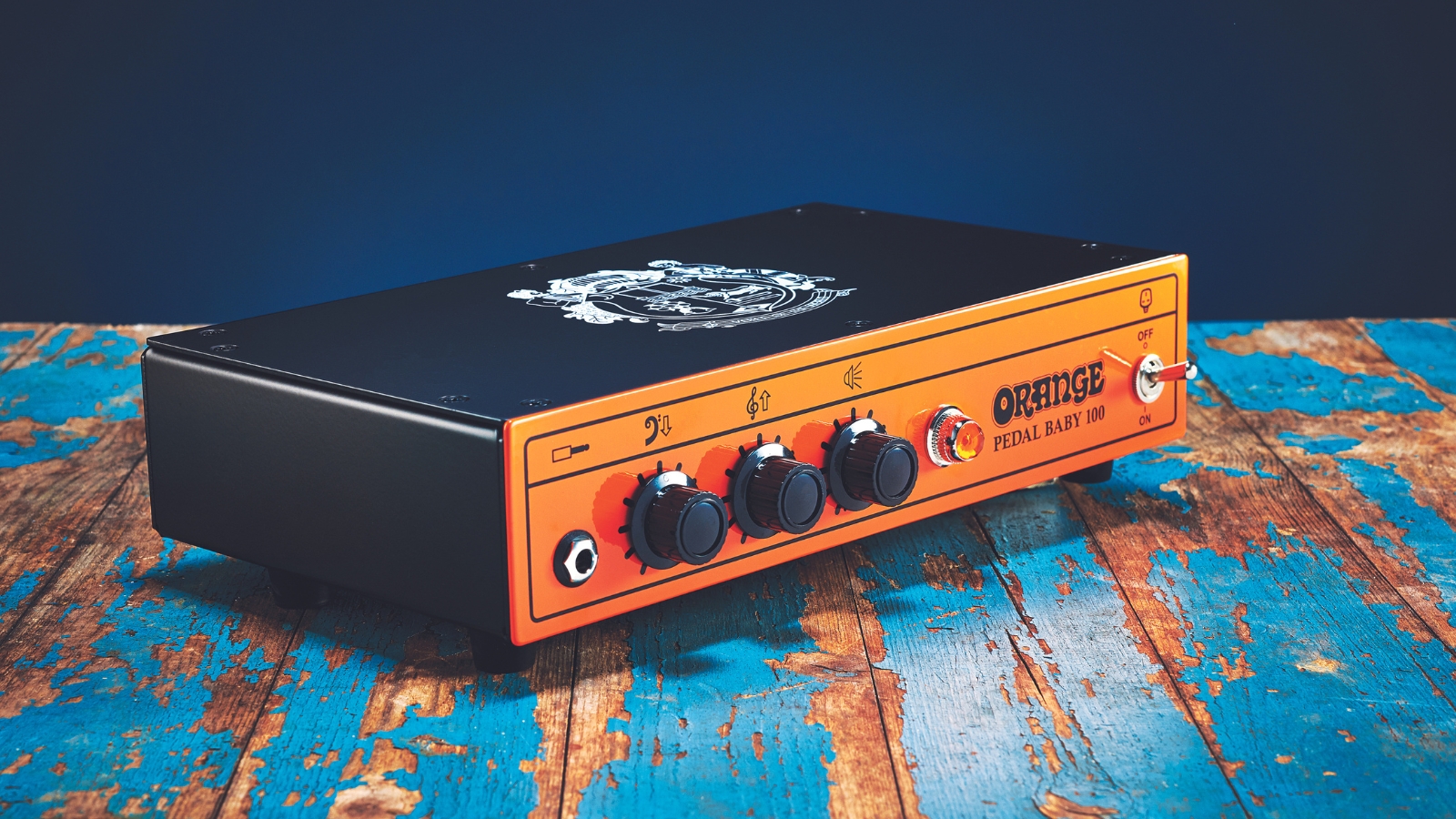
3. Orange Pedal Baby
Our expert review:
Specifications
Reasons to buy
Reasons to avoid
The Orange Pedal Baby is a response to the rise in guitarists using floor modelers or relying on their pedalboards for their sound. With just a Class A/B power amplifier inside, there’s no pesky preamp to get in the way of your finely sculpted tone.
The Pedal Baby isn’t quite completely neutral though, it still imparts its own essence of Orange on your tone, taking inspiration from the company's tube-driven circuits. It’s warm and dynamic, clean as hell but the complete opposite of lifeless.
There are only two EQ controls for bass and treble, but they operate over a fairly wide range and give you plenty of scope to deal with the array of cabinets you’ll come across gigging live. Despite its small size, this thing gets seriously loud, outputting 100 watts at 8ohms and 70 watts at 16ohms. It'll play nice with that fancy floor modeler too.
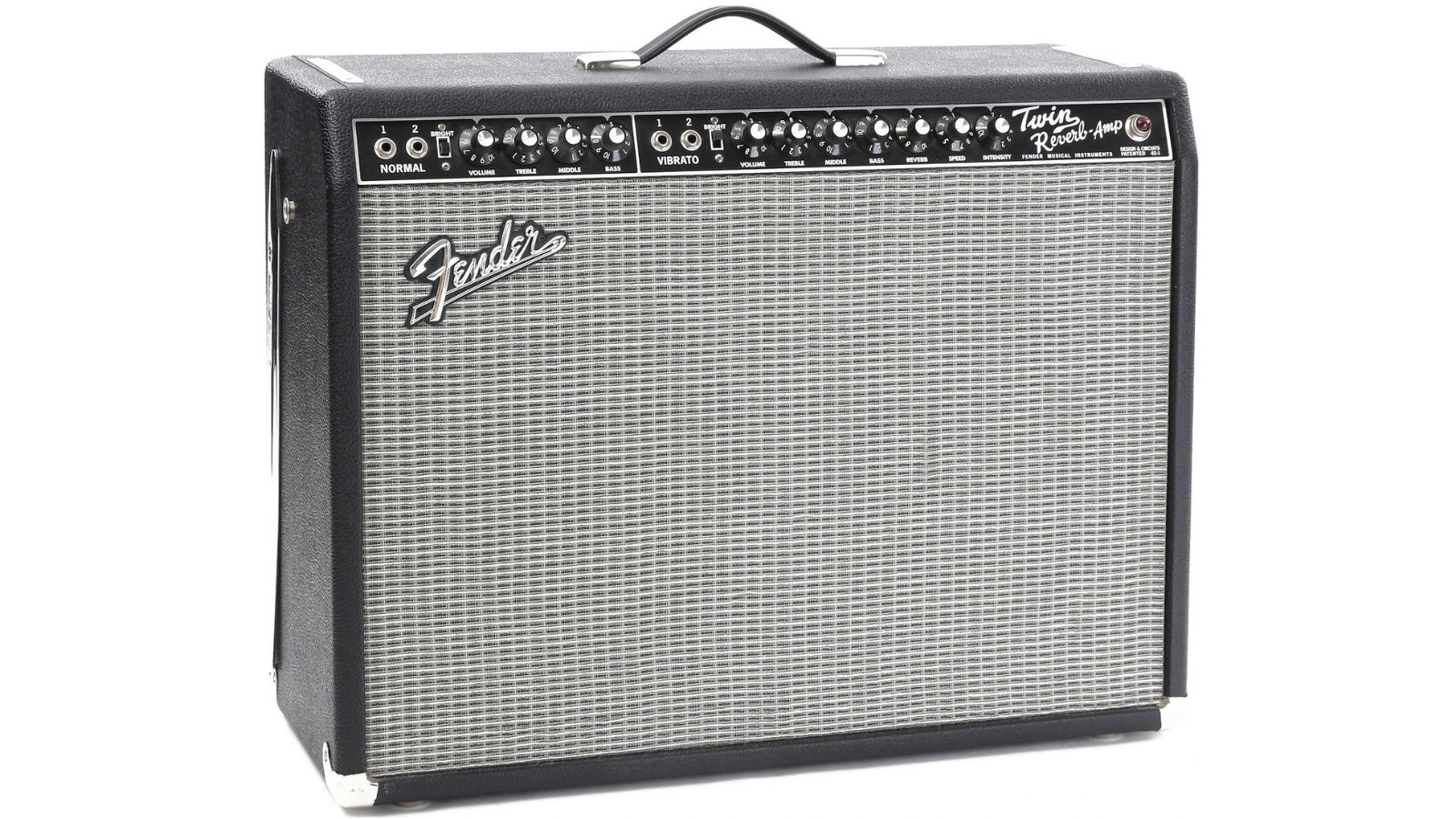
4. Fender '65 Twin Reverb Reissue
Our expert review:
Specifications
Reasons to buy
Reasons to avoid
In a continuing theme, we’ve got yet another all-time classic tube amp in the Fender ‘65 Twin Reverb Reissue. The clean tone on an unimaginable number of hit recordings, there are few studios worth their salt that don’t have a Twin knocking around, and fewer backlines it’s yet to grace.
If you want the most amount of power that stays clean, then this is the amplifier for you. It’s got an unbelievable amount of clean headroom, and it delights in taking the gnarliest distortion and fuzz pedals you can throw at its front end. With that signature, warm clean of a Fender amp as your base tone your time-based and modulation effects will sound just as good.
You get built-in reverb and vibrato effects on channel two and they both sound fantastic, although the vibrato is actually a tremolo. This amp is also loud enough to fill a medium-sized venue before you even reach the halfway point on your volume knob, so it’s more than enough power for gigging. The only downside will be the sight of your bandmates scurrying away when it comes to load-out.
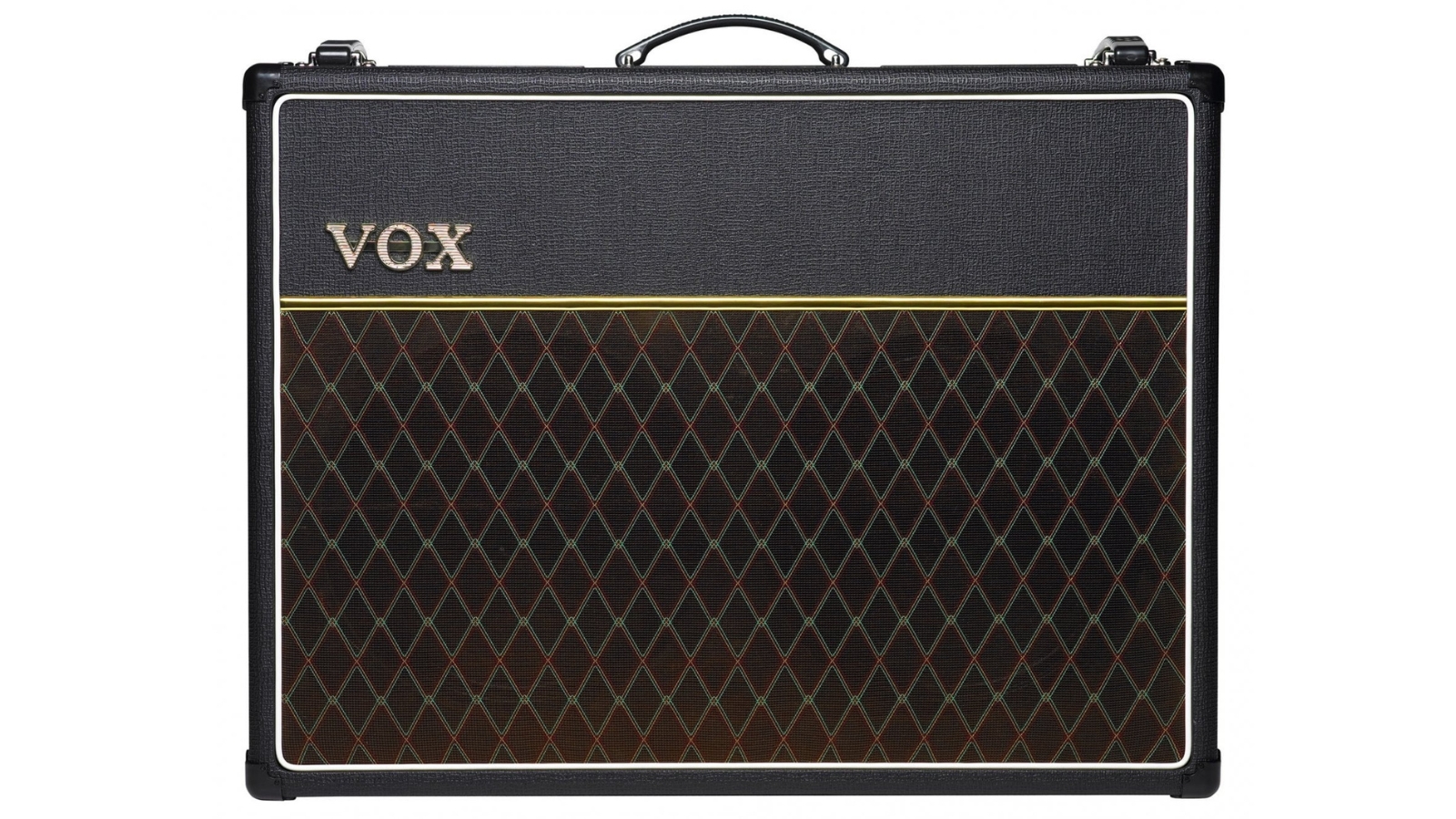
5. Vox AC30 C2
Our expert review:
Specifications
Reasons to buy
Reasons to avoid
We’ve heard a lot of smack talk recently about the Vox AC30 C2, including some bad-mouthing of its ability to take pedals. Whilst it definitely imparts its own characteristic sound - and won't quite do super sterile clean - we’ve always found putting a bunch of pedals in front of cranked AC30 a rather joyous experience.
The AC30’s distinctive chime makes it one of the most highly sought-after amps on the market. Like the Twin, it’s been on countless recordings thanks to its versatility when dialing in tones. This modernized version also features a master volume so you can get overdriven tones at usable volumes.
The two built-in effects are fantastic, further adding to the feature set of this super versatile amplifier. It will require some tweaking to get your pedals to play nicely with it, but once you get things dialed in, you’ll find it is well worth the effort spent.
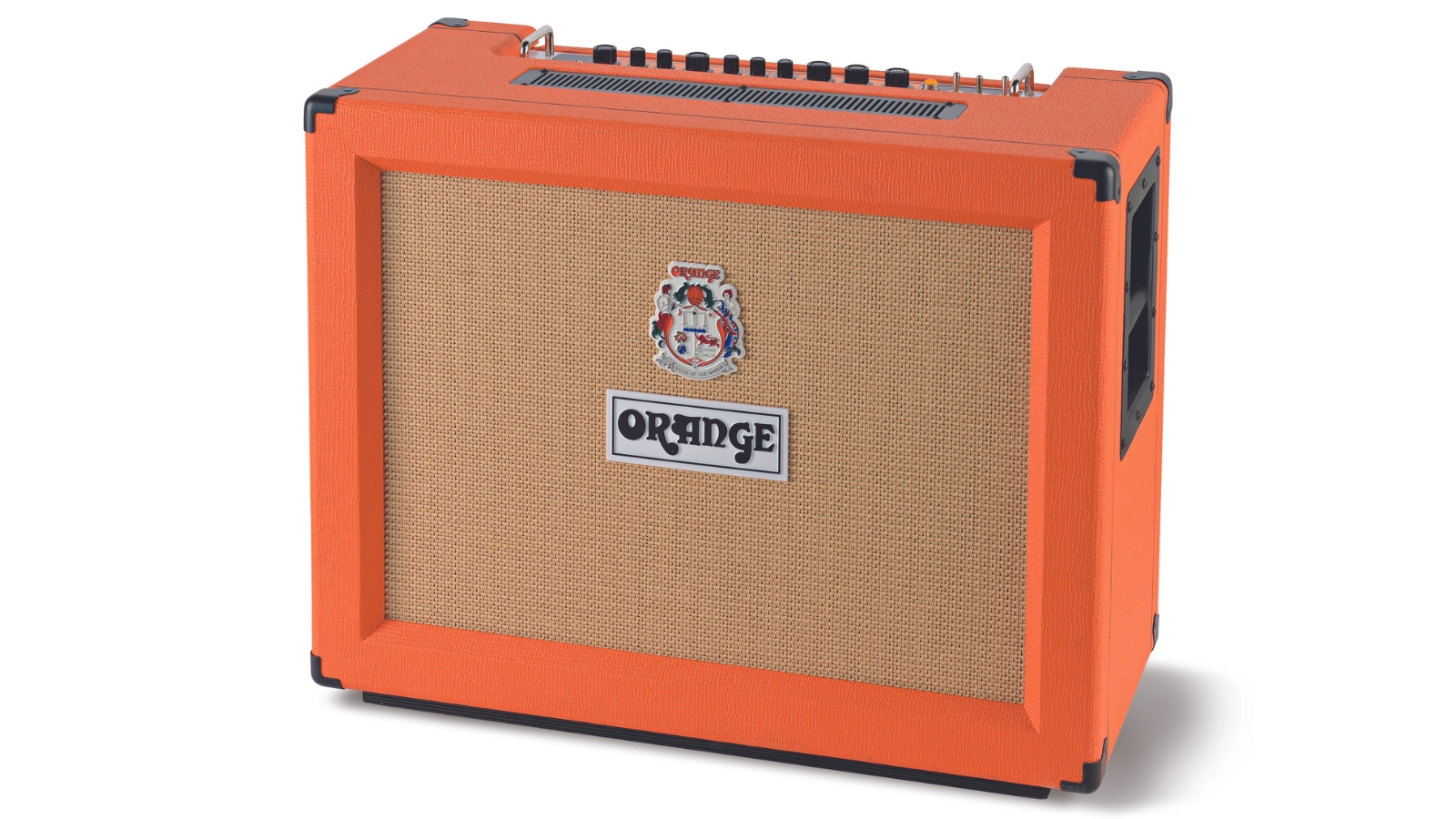
6. Orange Rockerverb 50 MKIII
Our expert review:
Specifications
Reasons to buy
Reasons to avoid
Building upon decades of user feedback, the Orange Rockerverb 50 MKIII represents the best offering from the British amp maker to date. Not only a great amp for taking pedals, but it’s also a fantastic tube amplifier in its own right.
The clean channel is lovely and balanced, all zingy trebles and powerful bass. It’s got a lot of vintage ‘chime’ and warmth but manages to still feel thoroughly modern. If you’ve ever played an Orange amp then you know what to expect from the gain channel, it’ll go from classic rock territory right through to modern metal.
We found this amp actually played best with our pedals on the dirty channel with the gain down and master volume up, but that may just be down to our specific stompboxes. It's also built like a tank, and it weighs about as much as one too, so don’t expect any sympathy from your bandmates when it comes to loading in time.
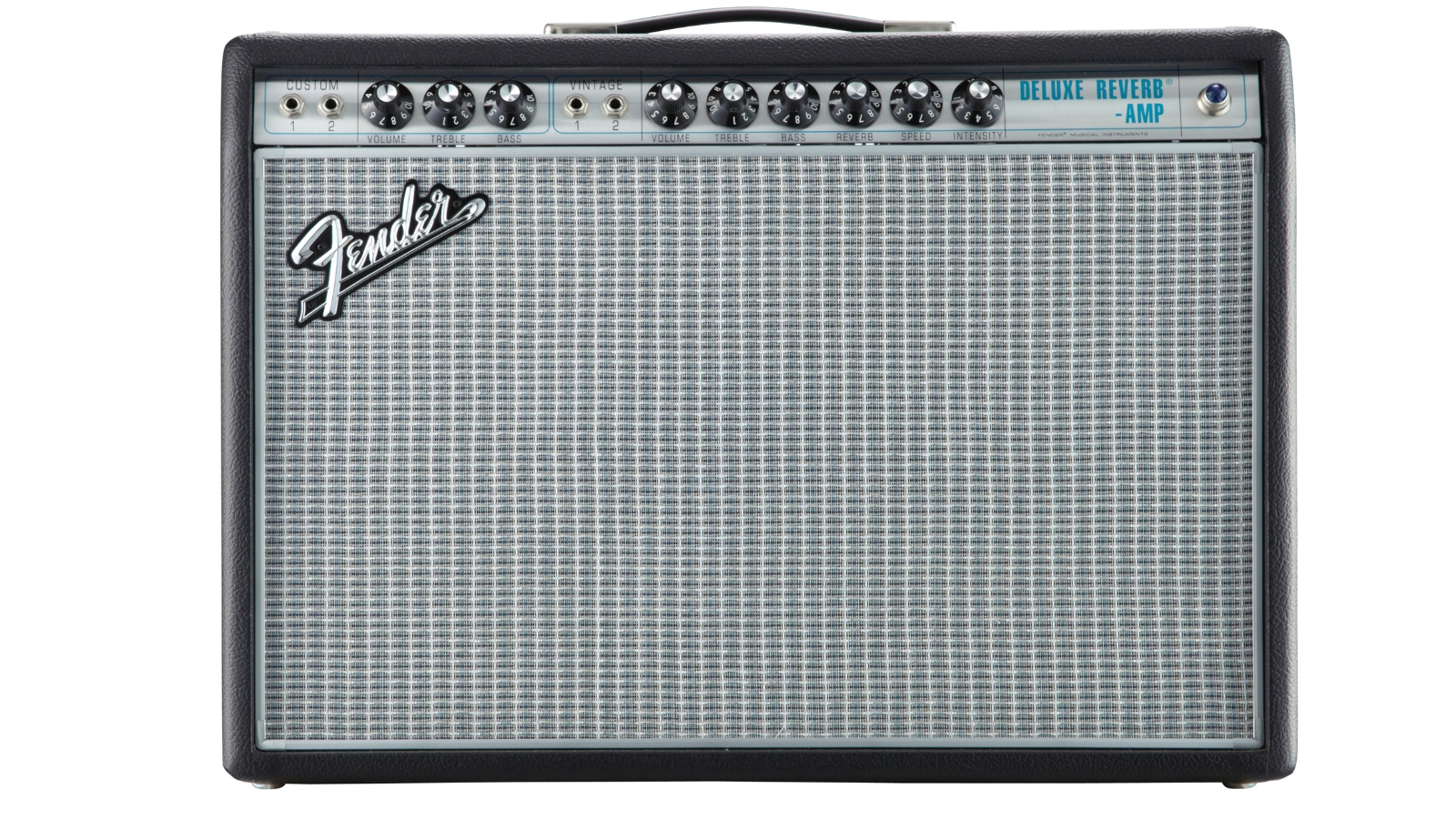
7. Fender '68 Custom Deluxe Reverb
Our expert review:
Specifications
Reasons to buy
Reasons to avoid
The ‘silverface’ reissue Fender ‘68 Custom Deluxe Reverb is a fantastic amplifier no matter which way you look at it, but it also takes pedals really well. An all-time gigging and recording classic like its sibling the Twin, this modern take on a classic is more practical than ever.
At somewhere around the halfway mark of the volume knob you’ll find that sweet spot where your picking hand dynamic will either keeps things clean or force the amp into overdrive. If you like a bit of gain from your amp to run underneath your pedals, then this will be perfect for you. Unlike the original, you won’t need to modify the internals to get it to sound good with drive pedals either.
The built-in reverb and vibrato effects (note: actually a tremolo) sound as good as they ever did, and the ability to run them on either channel is an improvement on the original. The only downside is there’s no effects loop, so you’ll need to think about how you place your time-based and modulation effects.
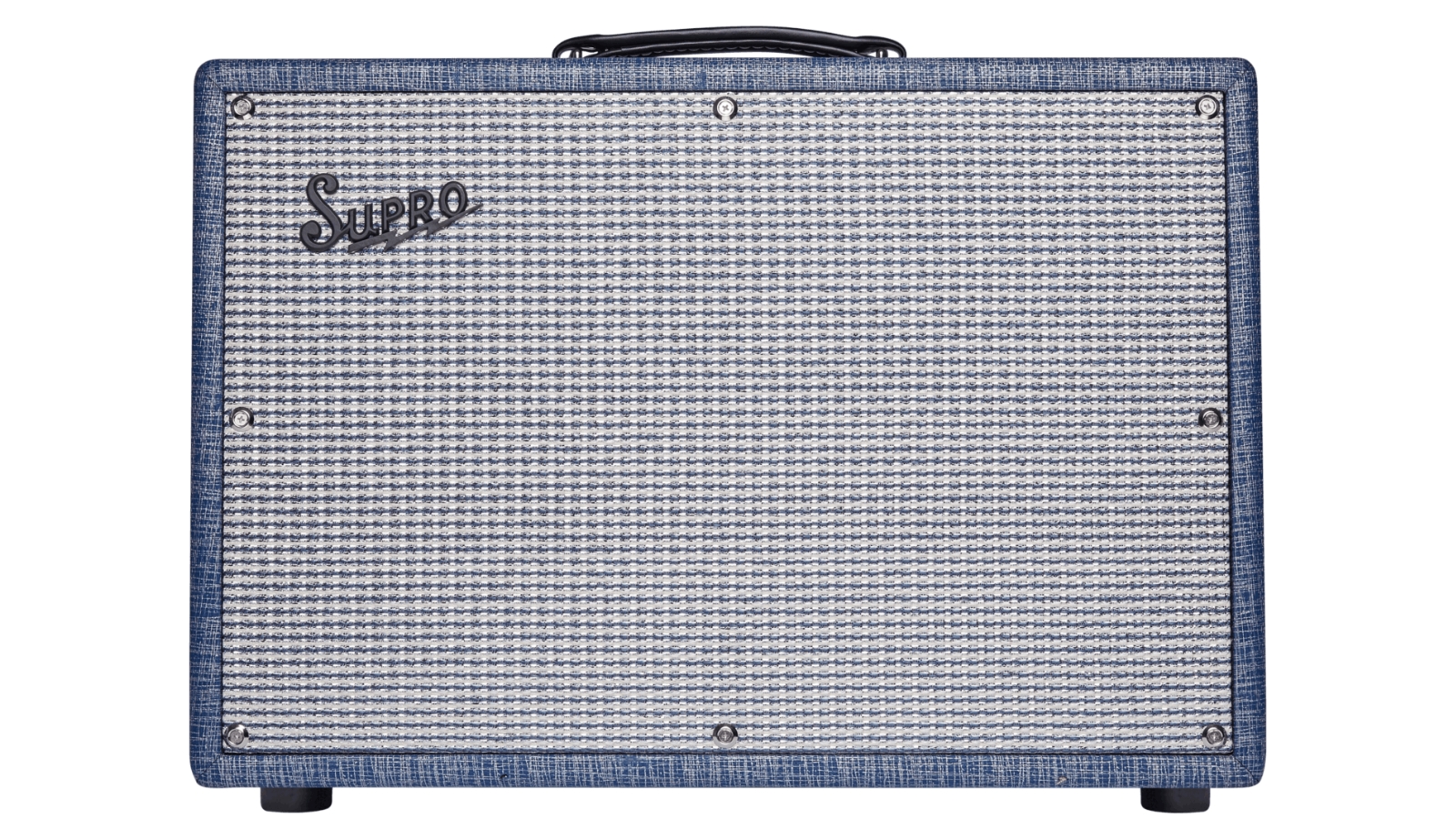
8. Supro Keeley Custom 12
Our expert review:
Specifications
Reasons to buy
Reasons to avoid
Designed in collaboration with pedal maestro Robert Keeley, the Supro Keeley Custom 12 is designed for one thing and one thing only - taking pedals. With pedals at the forefront of its conception since day one, you can bet this excellent combo amp will play nicely with yours.
The clean tone is super neutral as you’d expect, responding really well to your guitar’s volume knob. There’s some Supro character of sound in there, but it’s not enough to massively affect your base tone.
Add in some delay or chorus and you’ll find yourself with a luscious bed of tone to muse upon, it’s really quite lovely sounding. It’ll take a variety of fuzzes well, including the more nasty-sounding ones that you have. You can also crank the volume knob and get some natural tube overdrive if you want to.
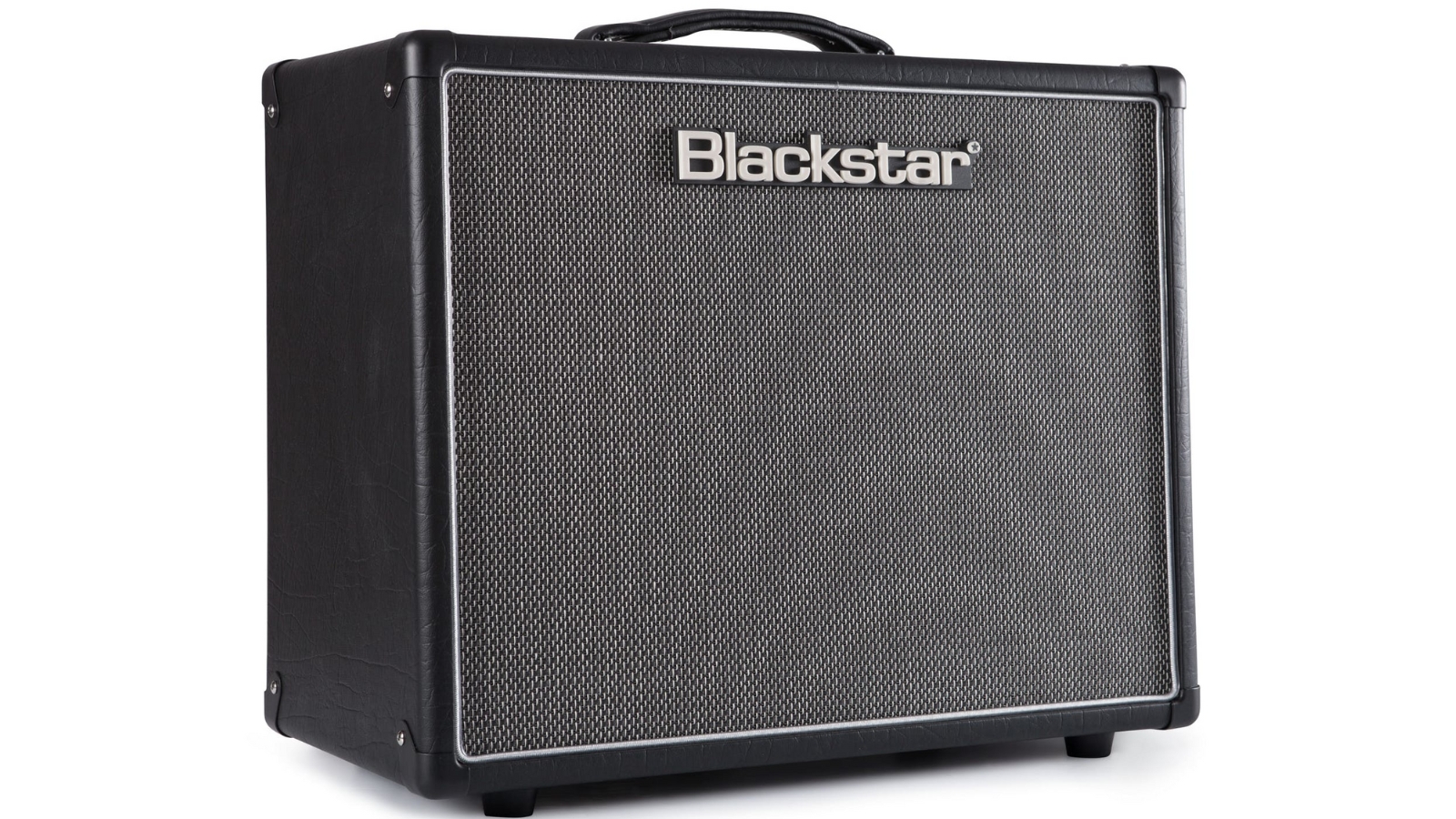
9. Blackstar HT-20R MKII
Our expert review:
Specifications
Reasons to buy
Reasons to avoid
Not every guitarist needs a monster rig to tear down their local venue, that’s why we included the Blackstar HT-20R in this article. As well as providing a great base clean tone, it also has some handy features for practicing silently and home recording.
The HT-20R gives you the best of both worlds in terms of tone, on the clean channel it’s very much an American-flavored, wide-ranging sound with an excellent amount of headroom. It will drive if you push it too hard though. You can push the voice switch for an edgier, more mid-present sound. If you do end up wanting to use the drive channel, then there’s some great versatility there thanks to the ISF knob, giving you the sound of both sides of the Atlantic in one amp.
An emulated speaker and USB audio out make this a really versatile amplifier for home use. Experiment with your pedals without annoying your family and housemates, or lay down some late-night-inspired ambient riffing to your latest post-rock epic. It’s got enough power to do a small gig as well, making it a versatile pedal platform indeed.
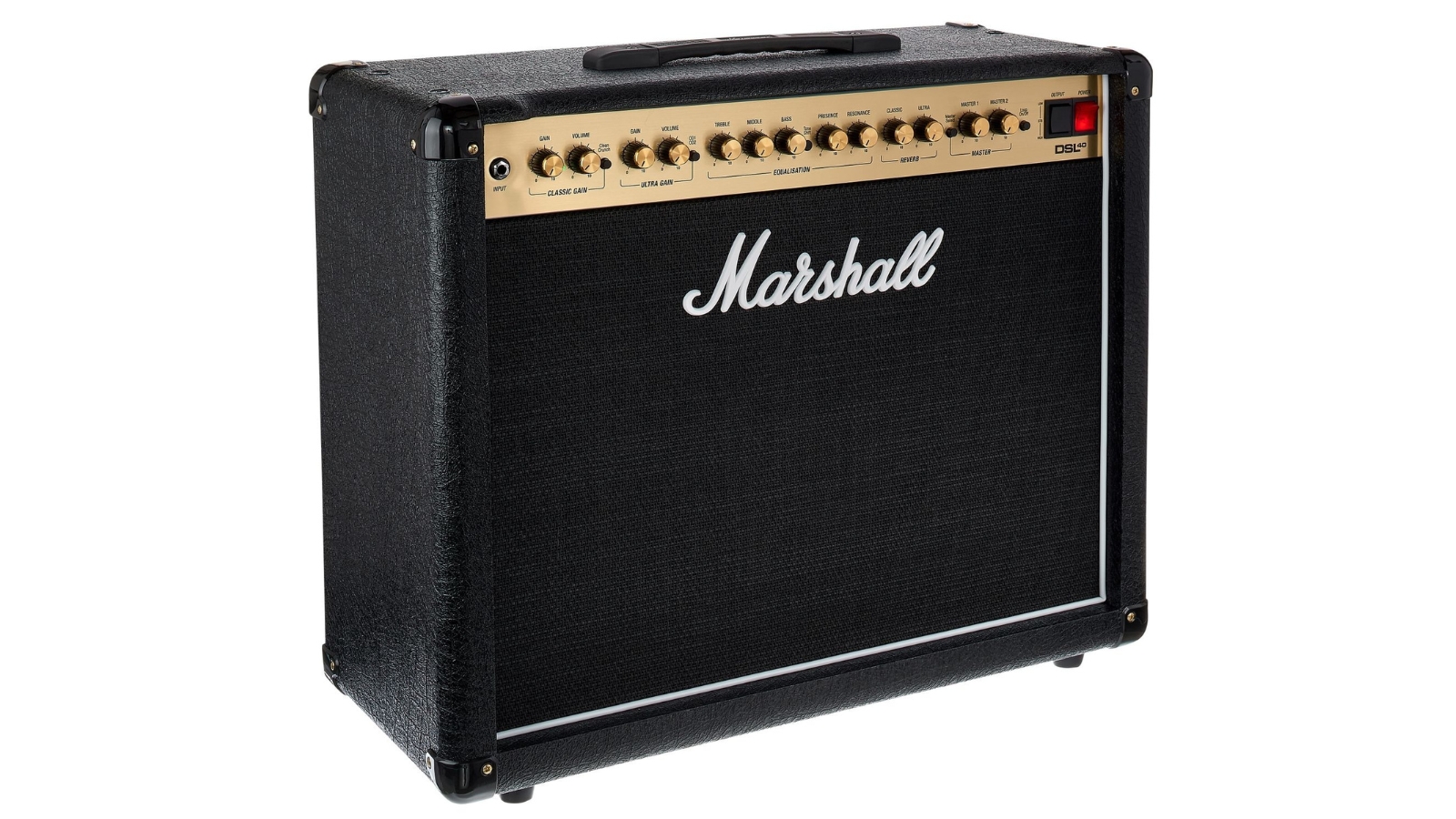
10. Marshall DSL40CR
Our expert review:
Specifications
Reasons to buy
Reasons to avoid
When it comes to a pristine clean tone, the first name on everyone’s lips nearly always begins with an 'F'. Other companies don't often get a look in but explore outside of the usual suspects and you might be surprised by what you find. The Marshall DSL40CR is one such option.
The clean channel on this amp is absolutely stunning. It’s got a lovely articulate voice that oozes warmth, and it takes pedals excellently. The top end is lovely and it plays nicely with overdrives, fuzzes, and distortions. An FX loop handles delay and reverb really well too.
This amp has a tonne of different connectivity options, making it incredibly versatile. Whether you want to add external cabinets, record silently, or even utilize the MIDI In if you’re running that type of rig. Despite the fact that Marshall is known for their drive channels, this really is a great amp for pedals.
Best amps for pedals: Buying advice
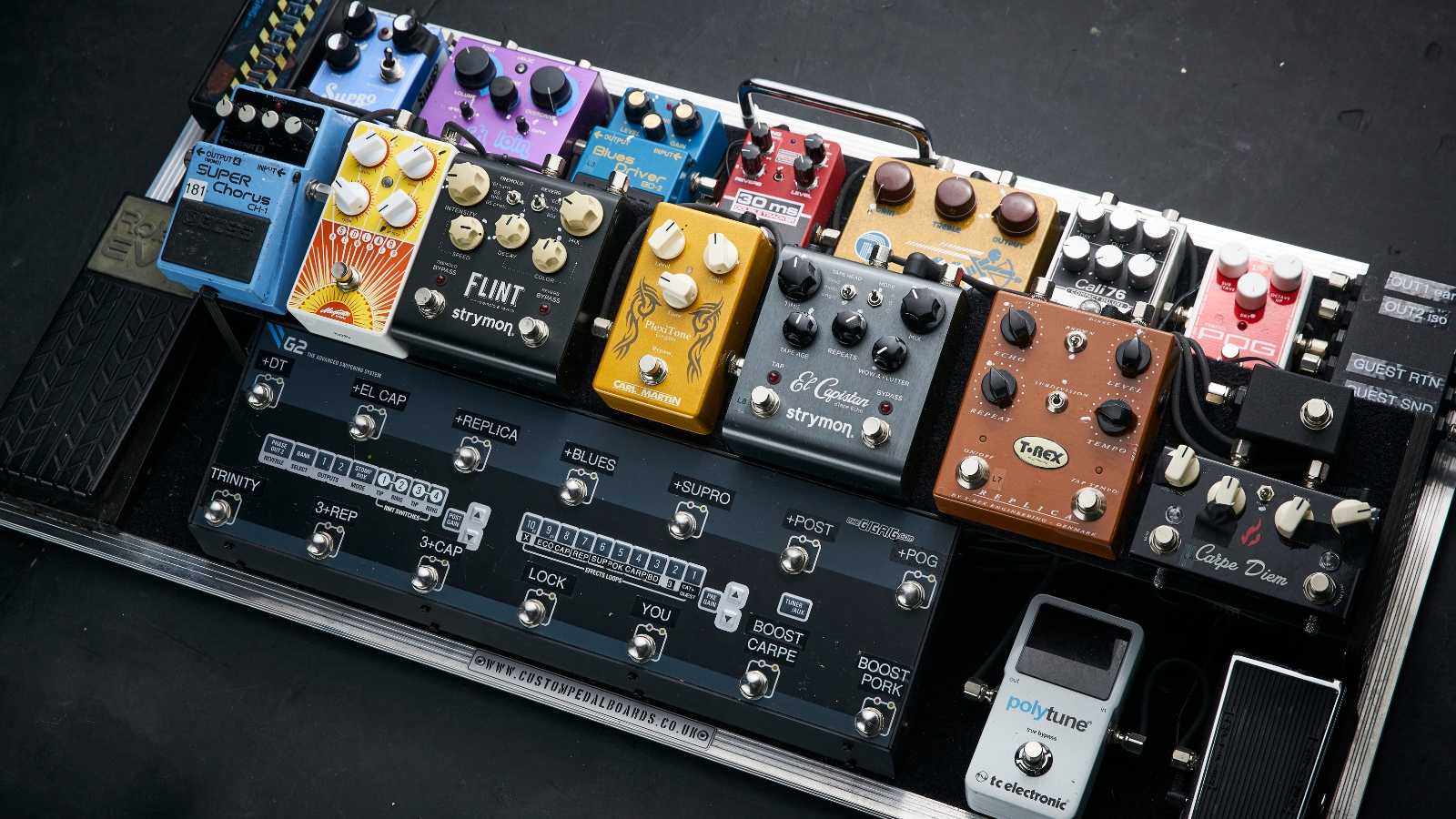
What is a pedal platform amp?
The simplest explanation is that a pedal platform amp is one that reacts well to pedals. Not all amps are created equal, and some handle pedals better than others. As more and more players create their sound with pedals, more and more manufacturers are now creating amps specifically designed to work with pedals.
A good pedal platform should be a neutral base. That means it doesn’t color your tone too much, allowing you to sculpt your sound using your pedals. If you run loads of stompboxes into a high-gain channel on a metal amp, for example, you’re not likely to get a great sound out of it without extensive tweaking.
What is headroom in guitar amps?
You’ll hear the term ‘headroom’ bandied about a lot when looking at pedal platforms. It’s a term that refers to how hard you can push the clean channel of an amplifier before it starts to break up into overdrive. When you sculpt your sound through pedals you want things to stay clean at high volumes, as you’ll be getting all your drive and distortion tones from your pedals.
It’s for this reason that pedal lovers prefer amps with a higher wattage. If you work with lots of delay and reverb pedals this is especially important, as you don’t want the sound of an overloaded amp ruining your pristine tones, but you still want to be loud enough to compete with your heavy-handed drummer.
Overdrive pedals also tend to work better with higher wattages, sounding more open and dynamic. Some players do prefer lower wattages with drive pedals, however, as you can push them to distortion at lower volumes, good for practicing or recording at home. This can go the other way as well, running too many pedals into the front of a lower-wattage amp can overload it, resulting in a squashed, over-compressed sound.
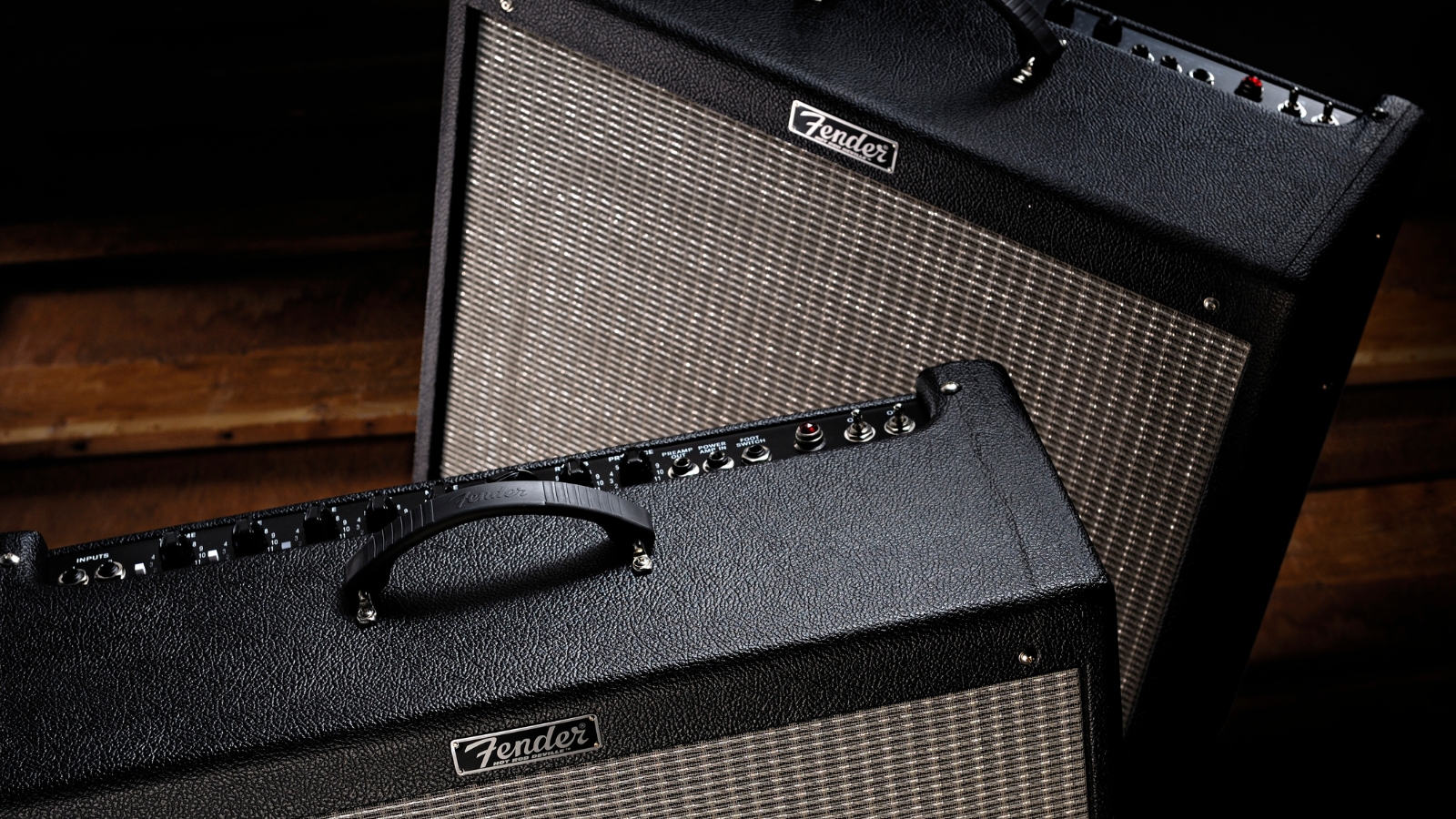
How do I run pedals through an amp?
There are a couple of ways you can do this. Some players like to have everything going into the amps input or the ‘front’ of the amp as it’s often called. This is the simplest way to arrange your setup, however, it can cause some issues if you’re running a lot of time-based and modulation effects alongside your drive pedals.
Enter the FX loop. The FX loop allows you to bypass the preamp stage of your amplifier, inserting your effects afterward to then be boosted with everything else by the power amp. By putting your drive, fuzz, and compression pedals into the regular input, and separating the time-based and modulation effects into the FX loop, you give the latter some breathing space, unaffected by the other stompboxes.
This creates a clearer and more articulate sound that works particularly well with delay and reverb, allowing these effects to really shine. You can also insert a boost pedal into the FX loop to give you a massive volume jump when you need it, great for accentuating leads or just increasing the volume of an already overdriven tone.
Can pedals break my amp?
It has happened, but it’s incredibly rare. It would most likely have to be a custom pedal that could potentially cause a failure, and that’s because mass-manufactured pedals are all made to a particular impedance level that ensures they cannot overload your amplifier.
There’s also no wrong order to place your pedals that could break something, so feel free to experiment with placement without having to worry about blowing up your pride and joy.
The truth is most cases of amp familiar are far more likely to be related to failing tubes, running mismatched impedance cabinets, or actual physical damage from dropping or mishandling the amplifier itself - as opposed to a bunch of gnarly fuzz pedals chained together.
How we choose products
You can trust Guitar World
Here at Guitar World, we are experts in our field, with many years of playing and product testing between us. We live and breathe everything guitar and bass related, and we draw on this knowledge and experience of using products in live, recording and rehearsal scenarios when selecting the products for our guides.
When choosing what we believe to be the best amps for pedals available right now, we combine our hands-on experience, user reviews and testimonies and engage in lengthy discussions with our editorial colleagues to reach a consensus about the top products in any given category.
First and foremost, we are guitarists, and we want other players to find the right product for them. So we take into careful consideration everything from budget to feature set, ease of use and durability to come up with a list of what we can safely say are the best amps for pedals on the market right now.
Read more about our rating system, how we choose the gear we feature, and exactly how we test each product.
Related buyer's guides
- Grab a British classic with the best Vox amps
- The best guitar amps under $1,000: combo amps and heads
- Small budget? One of the best guitar amps under $500 should fit the bill
- The best bass amps for every level of bass guitarist
- Best amp modelers: rack-mounted and floorboard options for every budget
- Turn it up while keeping it down with the best headphone amps for guitar
- Get shredding with the best Jackson guitars
- On a budget? Here are the best cheap distortion pedals
Get The Pick Newsletter
All the latest guitar news, interviews, lessons, reviews, deals and more, direct to your inbox!

Matt is a Junior Deals Writer here at Guitar World. He regularly tests and reviews music gear with a focus on guitars, amps, pedals, modelers, and pretty much anything else guitar-related. Matt worked in music retail for 5 years at Dawsons Music and Northwest Guitars and has written for various music sites including MusicRadar, Guitar Player, Guitar.com, Ultimate Guitar, and Thomann’s t.blog. A regularly gigging guitarist with over 20 years of experience playing live and writing and recording in bands, he's performed everything from jazz to djent, gigging all over the country in more dingy venues than you can shake a drop-tuned guitar at.
“If you’ve ever wondered what unobtanium looks like in amp form, this is it”: Played and revered by Stevie Ray Vaughan, Carlos Santana, and John Mayer, Dumble amps have an almost mythical reputation. But what's all the fuss really about?
“For the price, it’s pretty much unbeatable”: Harley Benton JAMster Guitar review
